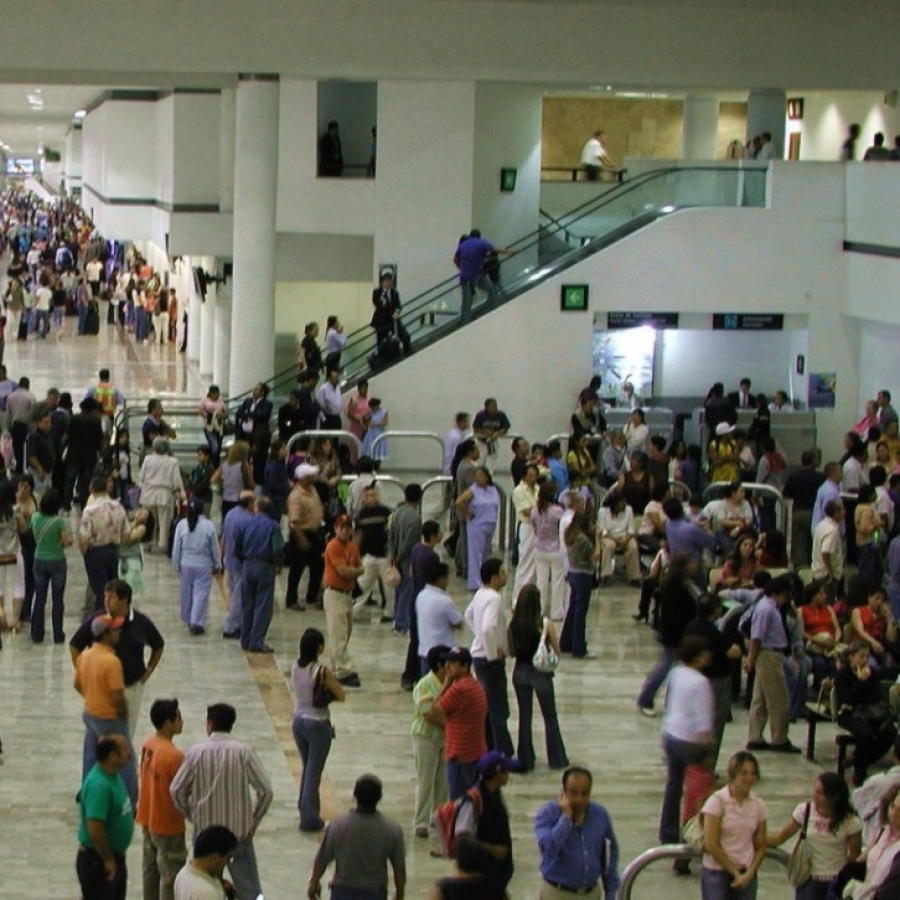Controlling Building Ventilation: CO2 Sensors
Carbon dioxide (CO2) is a by-product of human respiration. Each time we exhale, CO2 is released into the atmosphere around us. Currently, CO2 sensors can be used to automatically control ventilation systems in buildings equipped with Building Automation Systems (BAS). This is referred to as Demand Control Ventilation (DCV).

Common sensors used by BAS include the thermometers incorporated into thermostats, occupancy sensors, and photo-cells. Carbon dioxide sensors are not to be confused with carbon monoxide (CO) detectors, which are commonly used in many homes and facilities to alert occupants to the presence of dangerous CO gas.
Ventilation systems can be equipped to function automatically based upon the CO2 levels present in particular building spaces, such as classrooms and auditoriums. The principle is that the more people who are present in a space, the higher the CO2 concentrations will likely be; high CO2 readings prompt improved ventilation (additional outside air) to ensure healthy indoor air quality. The American Society of Heating, Refrigerating, and Air-Conditioning Engineers (ASHRAE) has defined standards for allowable CO2 concentrations in buildings, since high levels of CO2 can affect human performance and health. One ASHRAE design standard, which I will cite to provide a frame of reference for this blog, is to allow only 800-1000 ppm of CO2 in common building spaces such as offices and classrooms.
A BAS system with CO2 sensors will provide healthy air quality through continual CO2 monitoring and appropriate mechanical equipment adjustments, particularly of the building’s outside air dampers and associated blowers. The normal operation of most heating and cooling systems requires the recirculation of conditioned air already contained within the building, as well as an appropriate volume of outside fresh (or “make-up”) air. In many HVAC systems with CO2 sensors, building ventilation components can be operated independent of, or in conjunction with, these heating and cooling system air-handlers to reduce CO2 levels.
Building sensors keyed toward human presence and activity are not new. Occupancy sensors and manually-operated or programmable timers are commonly paired with lighting systems and HVAC systems which serve inconsistently utilized spaces. It’s long been known for HVAC design that the human body generates about 250 BTUs/hr at rest, about 400 BTUs/hr when awake, and about 600 BTUs/hr when performing light tasks. The thermometers in thermostats detect any temperature increase (as caused by human occupation, etc.), prompting air conditioning equipment to turn on, or heating equipment to turn off.
Carbon dioxide sensors are another sensor directly responsive to human activity within a building space. They offer an indoor air quality improvement and a cost-savings benefit. Only enough outside air ventilation to ensure healthy indoor air quality standards is enabled. Carbon dioxide sensors prevent the dampers, blower motors, or the outside “make-up” air-handling components of heating and cooling systems from being operated more often than is needed to achieve air quality standards, thereby offering utility bill savings. Proponents of occupancy sensors (in lieu of CO2 sensors) would argue that similar HVAC cost efficiencies can be achieved through those BAS sensors; occupancy sensors are an entirely separate topic and come in passive (sensing body warmth) and standard (sensing motion) infrared varieties, as well as ultra-sonic detectors that respond to noise in the space.
It would be interesting to further explore this topic and determine which types of buildings, mechanical systems, and space utilizations generally lend themselves to be controlled more efficiently by these various sensor types and locations. We’d appreciate any feedback from our audience along these lines.

Andrew Kimos
Andrew Kimos completed the civil engineering programs at the U.S. Coast Guard Academy (B.S. 1987) and the University of Illinois (M.S. 1992) and is a registered Professional Engineer in the state of Wisconsin. He served as a design engineer, construction project manager, facilities engineer, and executive leader in the Coast Guard for over 20 years. He worked as a regional airline pilot in the western U.S. before joining the Buildipedia.com team as Operations Channel Producer.
Website: buildipedia.com/channels/operations